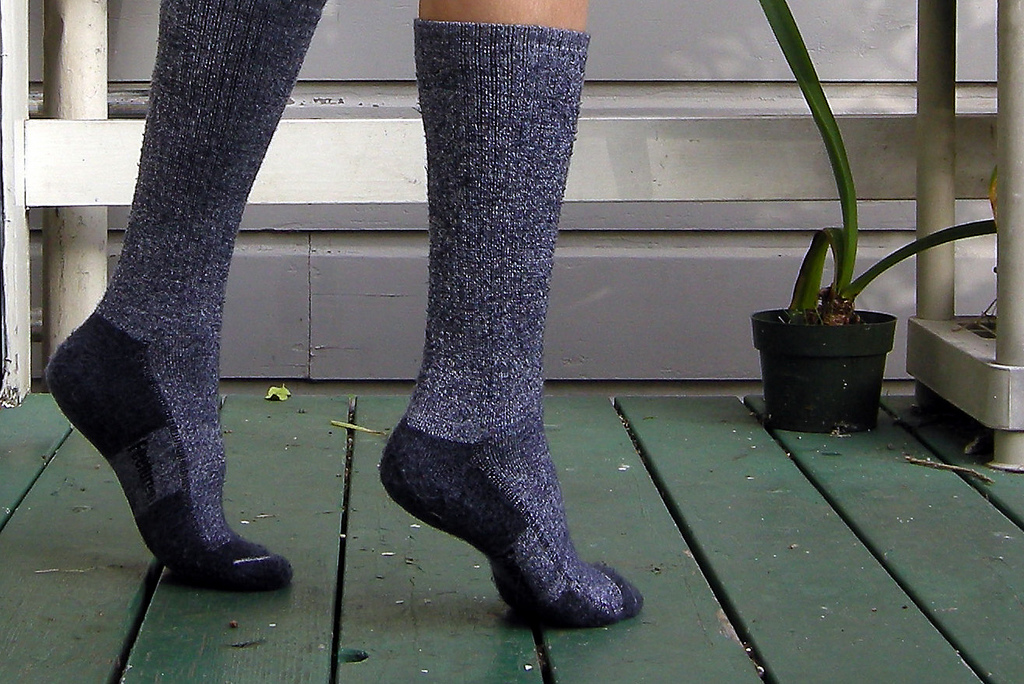The First Utility guide to floor insulation
Feeling the chill this winter? As much as 15% of the heat in a room can be lost through uninsulated ground floors, meaning you’re paying for wasted energy.
By insulating your floor and skirting boards, you could save up to £85 a year on heating your home and get toasty toes in the process.
Do I need floor insulation?
Upstairs floors don’t usually need insulating if the rooms below are heated. Whether you need floor insulation at all is dependent on the floors in your home:
- • Older houses with suspended ground floors are likely to lose the most heat through the floor.
- • Homes with solid, concrete flooring are less likely to lose heat but heat retention can be optimised by installing a layer of solid insulation directly on the floor.
- • Modern houses with solid floors are often built with polystyrene insulation below the surface to reduce heat loss, so are unlikely to need insulating.
There is little you can do to reduce heat loss through a tiled floor, as they cannot be taken up easily and are usually laid on top of concrete. Make sure the grouting between the tiles and skirting boards is intact for maximum insulation.
Floorboards
It’s easiest to insulate floorboards, especially if you have access to underneath – such as via a cellar. Insulation is secured below with draped netting attached to the floor joists.
If there is no access to the void space below the surface, floorboards will have to be lifted and insulation material placed between the joists. The most important thing to remember is not to block ventilation outlets in order to prevent dampness and rotting of the floorboards.
Insulating floorboards can be done as a DIY job or using a professional installer. If you want to do it yourself, the materials you need can normally be purchased from a larger DIY store.
Solid floors
Trickier to insulate than suspended floorboard surfaces, insulating solid floor may require a professional and even an electrician.
Solid floors can be insulated by adding a new layer of insulation on top, if required, and then covered with the desired floor covering. Because this method will raise the floor level, skirting boards and electrical sockets may need to be refitted and doors might need to be planed.
Insulation
The National Insulation Association website lists local installers who can lay floor insulation throughout your home for you. If you fit floor insulation yourself, make sure you comply with building regulations for the minimum energy-efficiency values. Check the relevant building regulation for where you live.
Pricing and savings
According to Which?, floor insulation costs £100 per floor if you can do it yourself, ranging up to £700 to have it installed professionally. If you can install it yourself, floor insulation will pay for itself in about two years through savings on your heating bills.
Other insulation methods
Available cheaply from most DIY shops, sealant is great for applying between your floor and skirting boards to keep heat in the room.
Rugs and carpets can also be used to block draughts and provide some welcome warmth for your feet.
Make sure you’re not wasting money on your heating bills needlessly by checking you’re on the right tariff. We’ll match you with the cheapest tariff based on your home size, usage and requirements.
Disclaimer
The contents of this article are for reference purposes only and do not constitute financial or legal advice. Independent financial or legal advice should be sought in relation to any specific matter. Articles are published by us without any knowledge or notice of the circumstances in which you or anyone else may use or rely on articles or any copy of the information, guidance or documents obtained from articles. We operate and publish articles without undertaking or accepting any duty of care or responsibility for articles or their contents, services or facilities. You undertake to rely on them entirely at your own risk, and without recourse to us. No assurance of the quality of articles is given or undertaken (whether as to accuracy, completeness, fitness for any purpose, conformance to any description or sample, or otherwise), or as to the timeliness of the publication.
Latest posts by Sally - Silversurfer's Editor (see all)
- Do you snore? - April 24, 2025
- UK ban on EU cheese and meat: What it means for you - April 19, 2025
- Would you support personalised health MOTs at retirement age? - April 19, 2025
- Discover Canada with Canadian Sky - April 17, 2025
- What goes first – the milk or the tea? - April 15, 2025




















